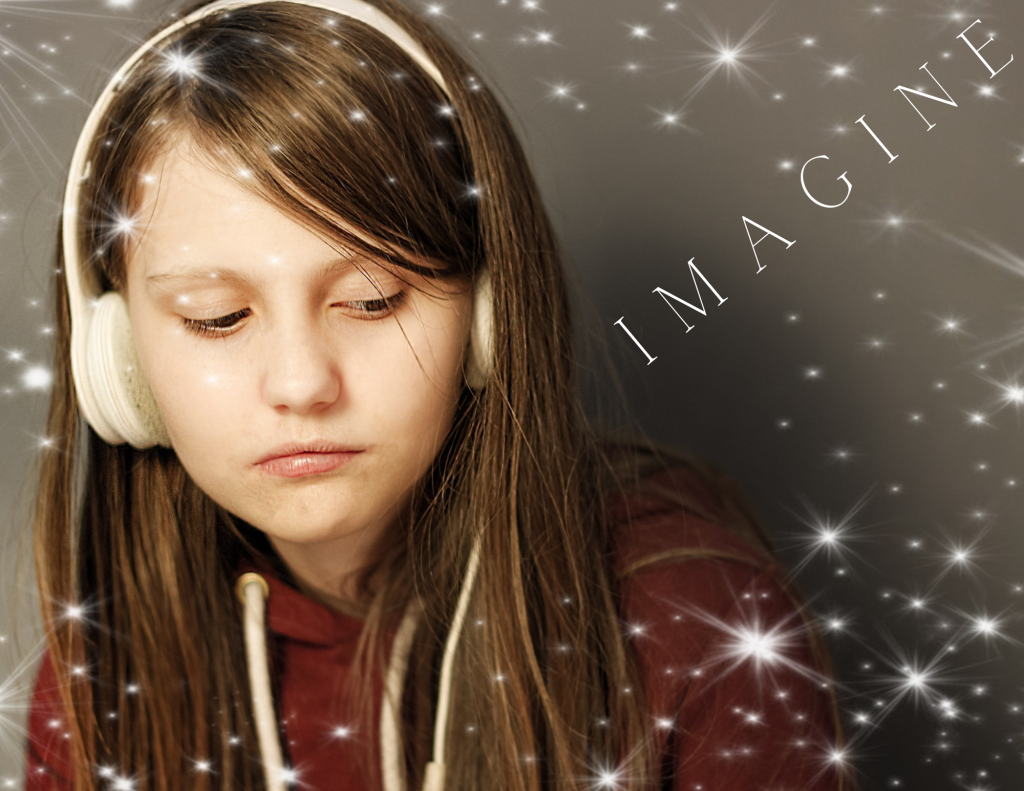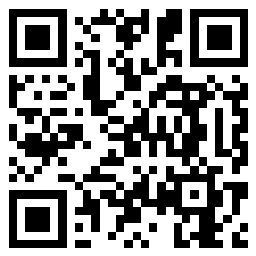
The Covid-19 pandemic necessitated digital learning experiences across academia. Added to the screen time of their video games, iPads, and television hours, were the hours children spent on computers for their schooling. Educators and librarians are excited to step back in time to the days when storytelling was broadcast without imagery. Children listened and imagined. Children’s imagination, creativity, listening skills, memory, and comprehension increase when listening to stories through audio books, radio, or podcasts (Chimes, n.d.). Scott Gilbertson gives an excellent overview of some of his family’s top podcasts for children. He includes an image and the compatible devices, making it easy to find the podcast. In brief summaries, he includes what his family likes about it, the pros and cons, the length of each story, and in some instances links to more guides. Gilbertson reassures us that the podcasts are entertaining enough to hold and engage children’s attention on road trips. Say goodbye to “When will we get there” or even “I have to go to the bathroom” 20 minutes into the trip!
Click the link below to read his blog.
Edited from Gerrard, K. (2021, February 14). Girl with headphones [Photograph]. Unsplash. Retrieved from https://unsplash.com/photos/2Eam2lDSIqs
Chimes. (n.d.). Why audio content is best for kids. Chimes: Audio that inspires. https://chimesradio.com/parenting-blogs/why-audio-content-is-best/
Gilbertson, S. (2020, August 19). The best podcasts for kids. Wired. https://www.wired.com/story/best-podcasts-for-kids/
By far my favorite audio tool this week was Voki. After choosing my own avatar, I could type into a box what I wanted it to say. I chose a cute dog, set in mountainous woods. Although there is the option to record your own voice, I like the idea of typing sentences into a box. For children, it saves time. I could just imagine them not liking the sound of their voice, saying too many ‘ummm’s, and rerecording almost to the point of frustration. By choosing a free trial, I was able to explore the site a little more in-depth. Students who are shy or hesitant to present before an audience would greatly benefit from this tool. Other uses of this tool include Voki Classroom, Voki Hangouts and Voki Presents. Teachers can design lessons, explain directions, and check assignments, while students socialize in the hangout or even use that space to work on projects together. PowerPoint slides may be designed in the Voki Presents. Overall it’s a fun, interactive way to use audio and visual in a library or classroom. In a public library, it could be used to market programs on the informational tv screens. https://l-www.voki.com/
After Voki, I found Vocaroo and Speak Pipe to be almost too simplistic. Press record, begin speaking, stop. You may place the content/recording in a document, create a QR code, embed, or download the file. Sneak Pipe stores the recording for three months. These would be useful tools for a student to add sound clips to a report or presentation. A public library could use them for program presentations.
Sample of Voki presentation: https://www.voki.com/presenter/pickup?vpId=2063051&md5VpId=0&allowshare=0
Below is a Future Trends Assignment. We had to write a futuristic library scene, which included several library trends, for a fictitious sci-fi author. I was excited to be able to read our scene to classmates, as the print just didn’t do it justice. Using Vocaroo, I recorded the reading. Like I mentioned above, one mistake (I say the year is 2020, but it’s actually 2120) and I should have re-recorded the entire scene. Scan the QR code, hit play, and follow along above the din of Rice Crispy.

Ten year-old Ray Charles was hyped! Woot woot! Or as his mom would say, “Manic!” Makerspace Monday was here. Who had time for breakfast? Comb hair? Brush teeth? Are you kidding me! He even slept in his clothes last night! Ray Charles had to get to EarthLib and get there fast! Time to hit the road Jack!
Unfortunately, someone else would be racing to EarthLib, just as manic, but for a reason unimaginable
Having no previous experience with a catastrophic event, Ai-2319 fled the lab after dropping a vial containing a virus from Earth. He careened towards EarthLib.
While waiting for their Makerspace instruction from B.Frnklyn, the head EarthLib Bot, the entire table of Future Scientists of the Universe jumped in alarm when Ai-2319 burst through the specials library door. Staggering as his ‘brain’ was trying to self-reconfigure, he mumbled, “3152194-19, 31252194-19.” All eyes turned to B.Frnklyn. What was this monster of a bot trying to tell them?
Upon perceiving the distraught nature of Ai-2319, B.Frnklyn had instantly sent an SOS to The Police through their trackers. Within seconds Synchroni-City was on lock down. Each citizen of the colony on Mars simultaneously received a message on their tracker to stay in place. An incident was under investigation.
Next, B.Frnklyn sent the code from Ai-2319 through the library’s database. Within seconds, bold red letters stared back at him from the screen: COVID-19. Earth’s 2020 pandemic lay exposed on the floor of the Viral Archives lab.
Transmitting 31252194-19 to the lib-bots, they began retrieving information from the digital databases and archives. B.Frnklyn solemnly instructed, “Ray Char-les, let Hou-ston know we have a prob-lem.” What had started out as just another industrial early morning of 2120 was anything but.
The Future Scientists of the Universe calmly awaited direction. Needing critical analysis of the pandemic information, Ray Charles and his friends were instructed to decipher and analyze the information, looking for the most critical aspects of this pandemic. Giving the bots key words like fever, sore throat, mask and airborne, the bots narrowed the retrieval window to more specific, fact based medical information. Chatter escalated around the table.
“What do you be-lieve to be the most per-ti-nent is-sue nee-ding im-me-di-ate a-tten-tion Club Mem-bers?”, B.Frnklyn asked. In one accord they responded: “Air Supply!” Ray Charles blurted out that the filtration system of Synchroni-City was closed: all air recirculated. Would the filters trap the virus?
Without hesitating, Ray Charles leapt on the Makerspace table and proclaimed, “This is our project club members! B.Frnklyn, send the Bots to the scrap yard for supplies. Future Scientists of the Universe, let’s get maakiiinnnggg!”
Hey Julie,
Thanks for sharing! I also REALLY liked Voki. It was my favorite because of the characters and because it would create realistic sounding speech when you gave it text, instead of requiring you to record your own words. I could see it being very useful in the classroom and in the library!
I too liked how the ‘voice’ did not sound robotic like. It was fun choosing a character, the background, and even its’ outfit! To save time in school, I am wondering if creating an Avatar could be a summer assignment? What do you think?
First of all, I love your unusual/ different pictures and organization. It’s so cool. I was also drawn into the podcast as the time before tv. This is when kids had to use their imaginations and creativity. Personal skills were developed instinctually because they had to actively do mental exercises to understand. I liked Voki too, but did not see the free offer. I was able to create my avatar and add the background. I also made a recording, but I could not go any further. I was very sad, because I had fun with it. Your recording was interesting and sounded like you were having fun.
Thanks Raquel~
Sometimes figuring how these sites work is frustrating! Hoping you have the opportunity to explore Voki a little more in the future!